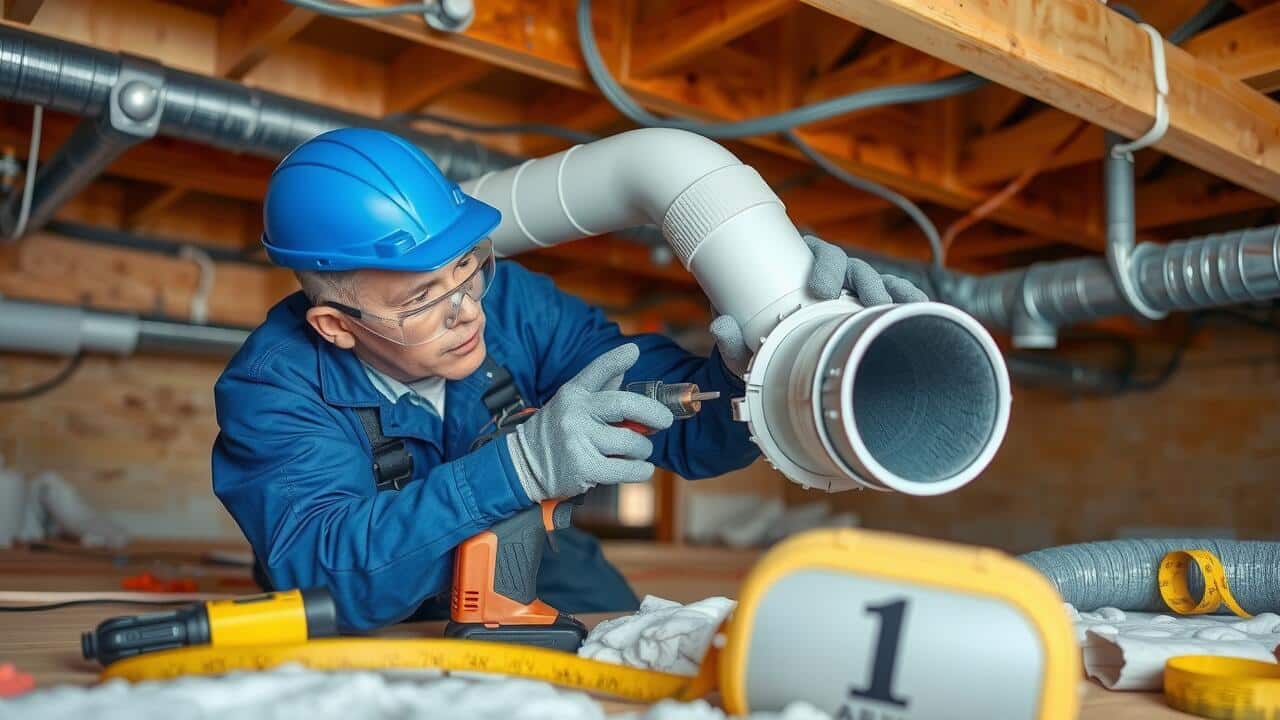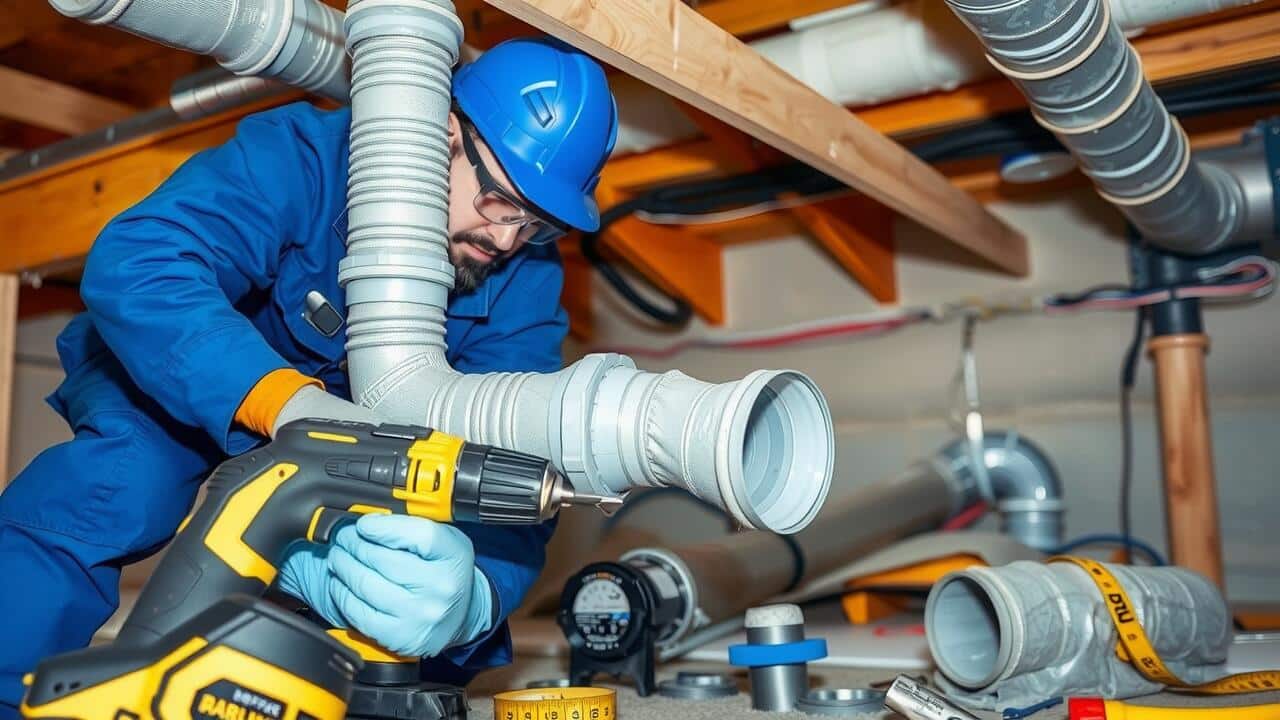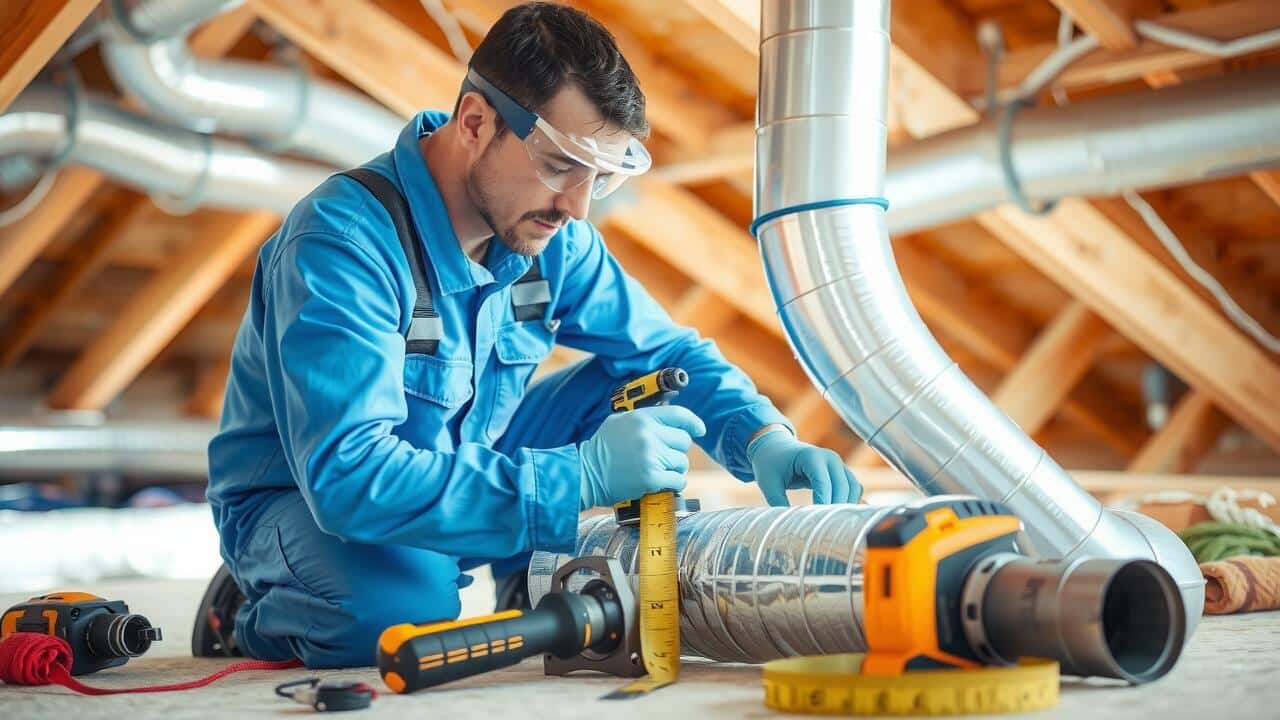
Table Of Contents
Connecting Ductwork to HVAC Systems
Connecting ductwork to HVAC systems is a critical step in ensuring efficient air distribution throughout your home. Proper air duct installation involves selecting the right size and type of ducts to match the system’s specifications. This compatibility helps maintain consistent airflow, enhancing comfort and energy efficiency. During installation, attention to detail is essential to avoid issues such as leaks or inadequate airflow.
To achieve an effective connection, consider using insulated ductwork, especially in unconditioned spaces. Insulated ducts minimize energy loss and help maintain the desired temperature of the air. Ensure that all connections are secure and systematically checked for any gaps. A well-executed connection not only enhances performance but also extends the lifespan of your HVAC system.
Ensuring Proper Seals and Connections
Proper sealing and connection of ductwork is crucial for efficient air distribution. During Air Duct Installation, every joint and seam should be tightly secured to prevent any leaks, which can lead to energy loss and decreased system performance. Use mastic sealant or metal tape specifically designed for ductwork to ensure airtight seals on joints. Avoid using regular duct tape as it can deteriorate over time, leading to potential leaks.
The positioning of duct connections also plays a significant role in maintaining system efficiency. Ensure that transitions between different sizes of ductwork are smooth and aligned correctly to minimize turbulence. This attention to detail can enhance airflow and improve overall heating and cooling effectiveness. Regular inspections after the installation of ductwork help identify any potential weaknesses in seals or connections, ensuring that the system operates optimally.
Common Ductwork Installation Mistakes
Air duct installation can be fraught with various pitfalls that can compromise a system’s efficiency and longevity. One common mistake involves incorrect sizing of the ducts, which can lead to poor airflow and increased energy demands. Using ducts that are too small restricts airflow, while those that are too large can reduce pressure, resulting in wasted energy and discomfort in the home. Additionally, failing to properly plan the layout can create bends and turns that impede airflow, further exacerbating performance issues.
Another frequent error during air duct installation is neglecting to secure connections and seals appropriately. Open gaps or improperly sealed joints can lead to leaks, which allow conditioned air to escape and unconditioned air to infiltrate the system. This not only reduces efficiency but can also introduce contaminants into the air throughout the home. Using improper materials or inadequate fastening techniques can further contribute to these leaks. Understanding these common mistakes can guide homeowners in planning their installation more effectively.
How to Avoid Costly Errors
Air Duct Installation requires careful planning to prevent costly mistakes. Before starting, measure the dimensions of the space accurately. Incorrect measurements can lead to misfitting ducts that may require additional adjustments and materials. It’s crucial to create a layout that accommodates the flow of air while considering any existing obstructions. This step ensures that you avoid redundancy and excess expenses during the installation process.
Another common error in Air Duct Installation is neglecting local building codes and regulations. Familiarizing yourself with these requirements can save time and money. Non-compliance may result in fines or the need for rework. Always double-check whether the materials you plan to use meet safety standards. Maintaining awareness of these guidelines helps create an efficient and compliant ductwork system.
Maintaining Your Ductwork After Installation
After completing your air duct installation, it’s important to prioritize regular maintenance. Routine checks help identify potential issues such as blockages, leaks, or signs of wear. Keeping an eye on your ductwork can ensure that your HVAC system operates efficiently while improving air quality in your home. It’s advisable to schedule inspections at least once a year to catch any problems early and avoid more significant repairs down the line.
Cleaning your ductwork is another essential aspect of maintenance. Dust, debris, and allergens can accumulate over time, affecting airflow and indoor air quality. Utilizing professional cleaning services or following DIY methods can help keep your ducts clear. As part of your maintenance routine, changing air filters regularly also plays a crucial role in maintaining optimal performance of your heating and cooling system.
Routine Checks and Cleaning
Regular cleaning and maintenance of your ductwork ensure optimal air quality and energy efficiency in your home. Dust, debris, and allergens can accumulate in the ducts over time, which not only affects your HVAC system’s performance but also leads to potential health issues. Scheduling routine checks allows you to identify blockages or leaks that could compromise airflow. Proper care after your air duct installation is crucial for maintaining a comfortable indoor environment.
In addition to cleaning, inspecting the ductwork for damage or loose connections is essential. Any gaps or holes should be sealed promptly to prevent energy loss. A thorough inspection should coincide with seasonal HVAC maintenance to ensure that both the heating and cooling systems operate efficiently. By taking these proactive measures, you can extend the life of your ductwork and enhance the overall performance of your HVAC system.
FAQS
Can I install my own ductwork for my HVAC system?
Yes, you can install your own ductwork, but it requires a good understanding of HVAC systems and proper installation techniques. It is important to follow local building codes and manufacturer guidelines.
What tools do I need to install ductwork myself?
Basic tools needed for ductwork installation include a measuring tape, tin snips, a screwdriver, a utility knife, duct tape, and possibly a ductwork crimper. More advanced tools may be required depending on your specific installation needs.
How can I ensure proper seals and connections in my ductwork?
To ensure proper seals and connections, use high-quality metal duct tape or mastic sealant to seal joints. Additionally, check for any gaps or leaks during installation and conduct a thorough inspection afterward.
What are common mistakes to avoid when installing ductwork?
Common mistakes include improper sizing of ducts, neglecting to seal joints, incorrect placement of ductwork, and failing to maintain proper airflow. Detailed planning and following installation guidelines can help prevent these issues.
How do I maintain my ductwork after installation?
Regular maintenance of ductwork includes routine checks for leaks, cleaning ducts to remove dust and debris, and ensuring that airflow is unobstructed. It is also important to schedule professional inspections periodically for optimal performance.


